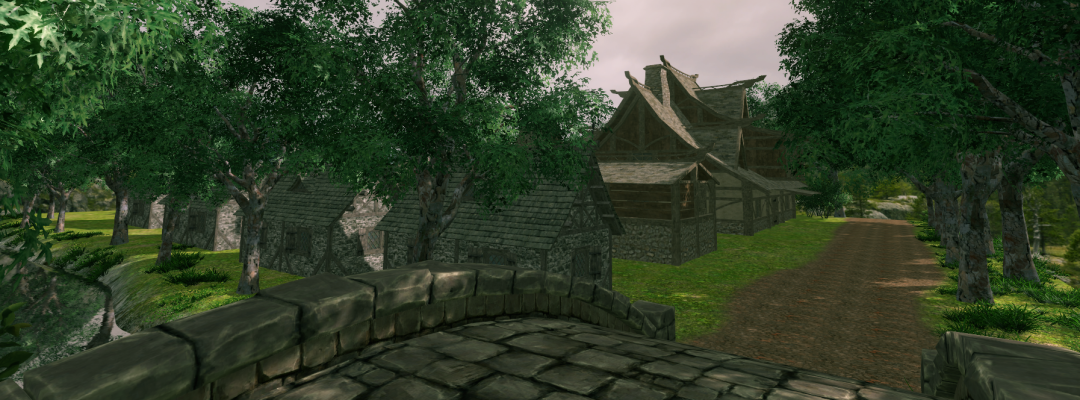Tinstone
While iron ore is probably the most important metallic ore extracted from the mountains of Cartyrion, it is not the only one. Iron and Steel are important, but so are Bronze and Pewter to the various economies around the world. Neither of these alloys are possible without Tin, and for this reason, places in the mountains where deposits of tin ores can be found become the targets of mining booms that rival any gold rush one cares to recall. The Commonspeech name for the most common ore of Tin found in the mountains of Cartyrion is simply "Tinstone", and the southern portion of the Iron Mountain range is rich with high-grade deposits of this valuable ore.
Properties
Material Characteristics
Tinstone itself is a black crystalline material that has, at times, been used as a semi-precious gemstone. Large crystals can be cut into desirable gemstone shapes. In nature, these crystals are usually found embedded into deposits of granite, basalt, diorite, or other igneous rocks.
History & Usage
History
Dwarves have known about Tinstone since the earliest of their delving and mining days. After the Humans were Awakened, and they began to interact with the Dwarves, the knowledge of this ore and the correct manner of processing it was passed along to the Humans as well. This was at a time long ago when the Dwarves still guarded their secrets regarding iron, steel, and adamantite carefully, but the were not so concerned about permitting other Folk to have access to copper and bronze for tools.
The First Kingdom established tin mines in the northwesternmost reaches of the Iron Mountains, west of the the Dwarven Crystal Delve. Deposits were also found in the the northern portions of the Eastern Basin Wall range, but the deposits there were small and the mines exhausted quickly.
There was always speculation that there must be Tinstone deposits in the mountains that ringed the Feywood, but these regions were never sufficiently developed by Humans or Dwarves to find out -- at least not until the city of Karnstown was established many years after the Great Strive. In the year 2105CR, prospectors from Karnstown were exploring the mountains west of the city in search of iron deposits when they encountered an extremely rich deposit of Tinstone.
The spot is now the location of the mining hamlet of Stannilode, and still produces a significant portion of the tin currently being mined by Humans. Almost every resident of the hamlet is employed either mining the tinstone, smelting it into tin ingots, or operating one of the few support businesses in the village (the general store, the assay office, and the two taverns). Every resident is a member of the Karnstown Mining Cooperative which provides organization, but also provides a means for the Karn family to siphon 55% of all profits off the top of the entire tin operation.
The First Kingdom established tin mines in the northwesternmost reaches of the Iron Mountains, west of the the Dwarven Crystal Delve. Deposits were also found in the the northern portions of the Eastern Basin Wall range, but the deposits there were small and the mines exhausted quickly.
There was always speculation that there must be Tinstone deposits in the mountains that ringed the Feywood, but these regions were never sufficiently developed by Humans or Dwarves to find out -- at least not until the city of Karnstown was established many years after the Great Strive. In the year 2105CR, prospectors from Karnstown were exploring the mountains west of the city in search of iron deposits when they encountered an extremely rich deposit of Tinstone.
The spot is now the location of the mining hamlet of Stannilode, and still produces a significant portion of the tin currently being mined by Humans. Almost every resident of the hamlet is employed either mining the tinstone, smelting it into tin ingots, or operating one of the few support businesses in the village (the general store, the assay office, and the two taverns). Every resident is a member of the Karnstown Mining Cooperative which provides organization, but also provides a means for the Karn family to siphon 55% of all profits off the top of the entire tin operation.
Smelting is done at temperatures enough to heat iron to a bright yellow, but not quite white color (2450oF, or 1340oC)




Comments